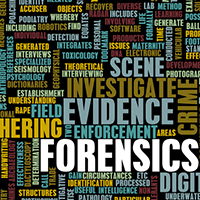Articles
21 December 2020
Vol. 25 No. 1-2-3 (2020): January-December 2020
Forensic linguistics. Reality Monitoring and Criteria Based Content Analysis (CBCA): comparison between methods

Publisher's note
All claims expressed in this article are solely those of the authors and do not necessarily represent those of their affiliated organizations, or those of the publisher, the editors and the reviewers. Any product that may be evaluated in this article or claim that may be made by its manufacturer is not guaranteed or endorsed by the publisher.
All claims expressed in this article are solely those of the authors and do not necessarily represent those of their affiliated organizations, or those of the publisher, the editors and the reviewers. Any product that may be evaluated in this article or claim that may be made by its manufacturer is not guaranteed or endorsed by the publisher.
1063
Views
500
Downloads






